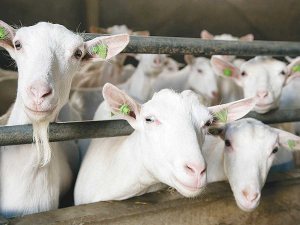Outbreaks of Peste des petits ruminants (PPR) have decreased by two-thirds between 2015 and 2019, according to data from the Food and Agriculture Organization of the United Nations (FAO)
FAO say this is raising hopes for meeting the goal of global eradication by 2030. Just over 1,200 global PPR outbreaks were recorded in 2019 compared to more than 3,500 in 2015.
FAO attribute this decrease to the impact of vaccination campaigns in more than 50 countries. The campaigns were led and funded by countries with support from FAO and its partners.
In just 12 of these countries, over 300 million goats and sheep were vaccinated between 2015 and 2018.
At its worst, the disease threatens to infect up to 80% of the world’s 2.5 billion small ruminants if not controlling, putting pressure on rural families who rely on sheep and goat for food and income. “Eradicating the disease is possible and essential,” says Maria Helena Semedo, FAO deputy director-general. “A world free of PPR will also mean more security and empowerment for rural women as they are often responsible for looking after livestock,” Semedo says.
As of May 2020, 58 countries were declared free of PPR. Russia and Lesotho were the most recent nations added to the list. A further 21 countries, which have had no cases for five consecutive years, can prepare their documentation for validation by the World Organisation for Animal Health (OIE) for a PPR-free status.
“Whilst PPR outbreaks have decreased significantly in recent years, the infection scope of the PPR virus, both geographical and host range, is still wide and more needs to be done to fight the disease,” says FAO PPR programme coordinator and veterinarian Felix Njeumi.
Shortage of vaccines, livestock movement, and logistical challenges in carrying out vaccinations continue to remain the main obstacles for PPR prevention and control.







